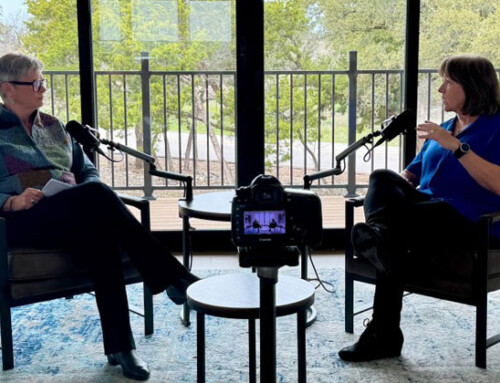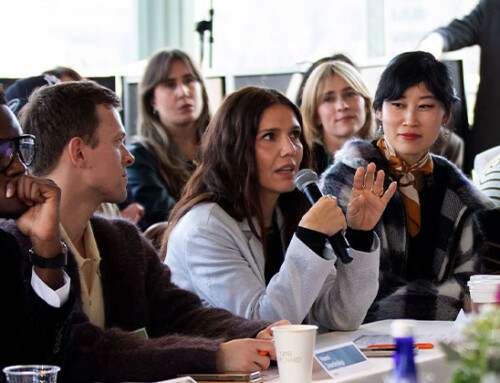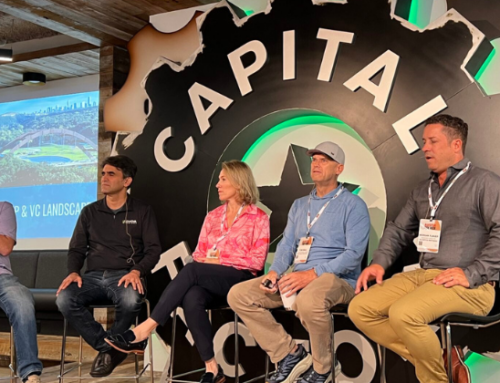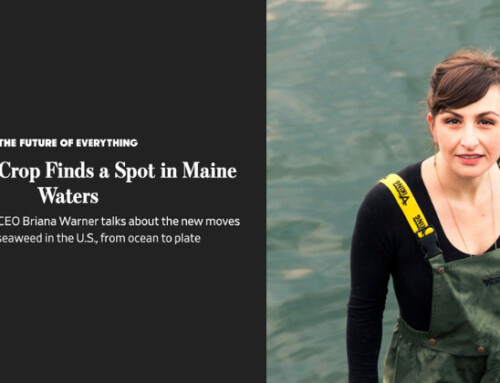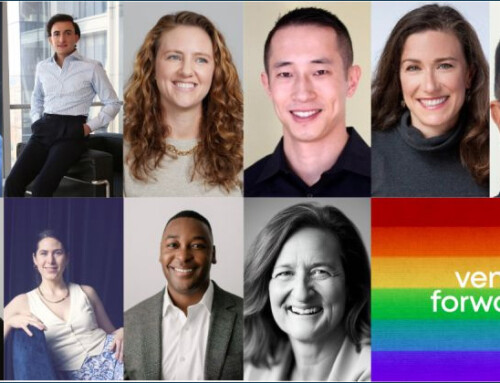The fashion industry is sitting on a heaping pile of a problem. Over 14 million tons of clothing is either landfilled or incinerated every year, according to the EPA. It represents almost 6% of all solid waste in the U.S.
“It’s crazy when you think about volumes here,” Sarika Bajaj, co-founder and CEO of Refiberd, told TechCrunch+.
For many years, the best outcome for clothing that wasn’t donated to a thrift store (or didn’t make the cut there) was to become rags for industrial use. Even those eventually end up in the trash.
More recently, research into chemical recycling of textiles has been notching a series of successes, and companies have been working to commercialize the technology. But here again, they’re running into roadblocks. Each textile has a specific blend, and some come festooned with contaminants like buttons or embroidery. If a recycler’s chemical process is to work correctly, they have to know exactly what they’re putting into the mix.
That’s where Refiberd hopes to stitch up the gap. Bajaj and her co-founder, Tushita Gupta, founded the company three years ago to figure out a technical approach to solve this problem of sorting textiles to enable true textile-to-textile recycling.
Along the way, the industry caught up. “This seems to be a real problem,” Bajaj said. Accurately sorting textiles “is the main gap that everyone’s seeing in the industry.”
Sorting is challenging for a variety of reasons. For one, clothing comes in a range of different materials, and those materials are combined in a variety of different ways. Many today are blended with spandex to give consumers the stretchiness they desire. Others come with multiple layers of different materials — think of a nylon-lined wool blazer, for example.
For a recycler, those blends and mixes pose challenges. Chemical recycling processes all use different approaches. Some are more tolerant of contaminants than others, but a few kinds of textiles can really gum up the works. Spandex is high on the list.
“It’s in everything; it’s literally in everything,” Bajaj said. “And up to even 1% can cause an issue for them. How can you make sure you’re quantifying that?”
Refiberd’s solution is to point hyperspectral cameras, which sample dozens to hundreds of different bands of light, at the problem. Then they use artificial intelligence to analyze the resulting image to help differentiate between thousands of different textiles.
The startup has spent the last few years testing the equipment, building the neural networks and assembling a massive sample library with over 10,000 entries. “We’ve worked very hard with manufacturers” to obtain those samples, Bajaj said.
Still, even a 10,000-sample library isn’t going to capture the full range of possible material combinations that a recycler is or isn’t going to see. So Refiberd has employed generative AI to fill in the gaps. The generated “material” may not be anything anyone would make, Bajaj said, but having its spectra on hand helps the model improve its accuracy.
Refiberd has raised a $3.4 million seed round, TechCrunch+ has exclusively learned. The round was led by True Wealth Ventures, with participation by Better Ventures, the Schmidt Family Foundation, Fashion for Good, Susquehanna Private Equity Investments, Kubera Venture Capital, Carnegie Mellon University, and the National Science Foundation.
The startup also won a €200,000 grant from the H&M Foundation’s Global Change Award, an amount that’s included in the seed round figure.
The funding will be used to roll out Refiberd’s initial pilots, which are aimed at textile companies, chemical recyclers, mechanical recyclers and textile sorters. All have different demands, which Bajaj said will help Refiberd refine its product.
One camera unit will eventually be able to sort up to 7 million pounds of material, Bajaj said. Some quick back-of-the envelope math suggests that just 4,000 Refiberd units could tackle America’s textile waste problem.
If Refiberd could address just a fraction of the world’s textile waste, it could make a significant dent in the solid waste space. Textile recycling has largely been ignored for a few reasons. One, it’s not an easy problem to tackle because of the broad mix of materials. Second, there’s not been much consumer pressure: Lots of textile waste happens out of sight, and unsold or returned merchandise frequently gets scrapped or landfilled.
Donated clothing does, too, especially if it doesn’t meet the minimum standards set by thrift stores, or if it sits on the shelf for too long.
AI is nothing new in the recycling industry, but Refiberd’s approach appears to break fresh ground both in its application to textile recycling and hyperspectral imagery. The use of generative AI to fill in the gaps is particularly clever, and suggests uses well beyond the usual chatbots that we see proliferating today.
With a seed round under its belt, the young startup still has many mountains to climb. But its founders had a hunch and stuck with it while the rest of the industry came around to their vision. That’s an enviable position to be in.


